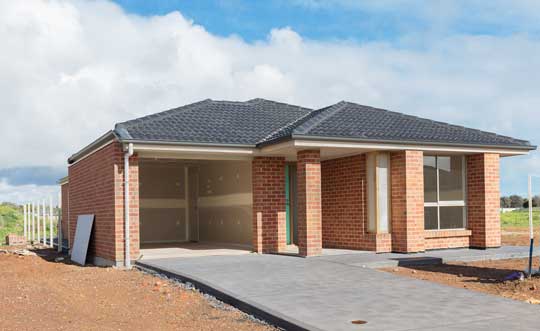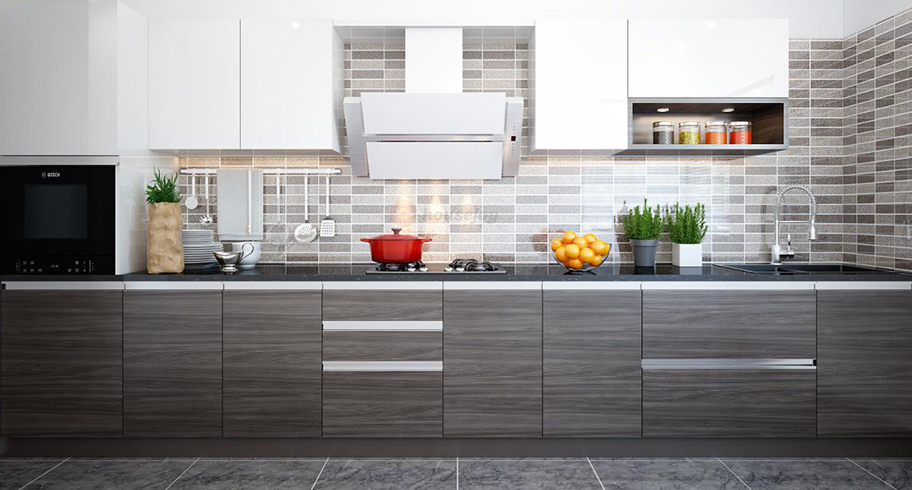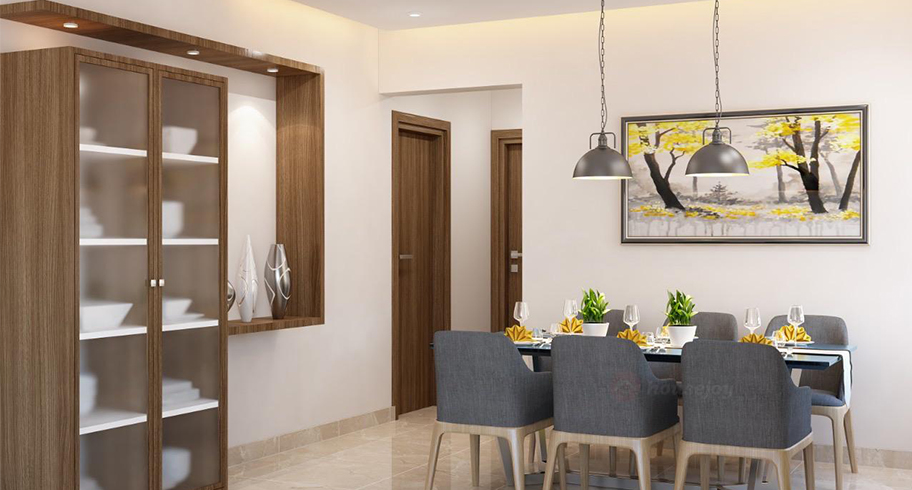Executing an actual house construction project entails more than just the perfect plot map and exceptionally creative design ideas. From getting the contract papers for an agreement with the builder to finalizing several other elements, building the house of your dreams is a brick-by-brick process. While you may be able to plan certain aspects, you will also need on board professionals who know their job and what it takes to stick to the timelines and other details. Although construction mainly involves standard procedures and stages, each project also has certain unique aspects to it. To give you a better understanding of the different stages involved in constructing a house, here’s a step wise guide to the basics.
Pre-construction
Once you have laid out a clear plan as to what elements you want in the house, a final binding contract with the builder is prepared. This involves getting permits, applying for finance, procuring materials, etc. This is also the stage where most of the details are finalized such as laying out a floor plan, drawing a detailed site plan, etc. All designs and plans including the type of bricks, the fixtures and fittings, the colour of the panels, walls and cabinets should be ready in the pre-construction phase itself so that the contractors and the construction team can be given a go ahead. This stage is by far the most important and can be time consuming.

Construction
The construction phase
Site Preparation and foundation and structuring
For few weeks to a month, the work primarily revolves around demolition of any pre-existing structures and removing shrubs and debris to lay the foundation. Once the foundation is in place, further work on building the skeletal structure of the house can begin. Walls will be built giving the house a rough exterior. A roof can be built once this stage approaches completion. Depending on the weather conditions, this phase can take up to three months on an average.
Building the exterior
Once the skeleton is ready, the next phase involves giving more definition to the house. Both the external as well as the internal walls will be built up using your choice of material. While wood or steel reinforcements can take a bit longer as they require cladding and insulation, concrete makes the process less time consuming. Once the basic structure is ready, the windows and external doors can be fitted in. This stage completes the external structure of the house and sets the stage for interiors to start.
Electrical and plumbing works
Called ‘roughing in’, the next step is to lay out and finalize the electrical and plumbing network of the house and install them. If you have specifications regarding your requirement of electrical points, charging stations and LAN cabling then this is the perfect time to discuss with your designer. This stage can take atleast a month or two to complete.

Interiors
It is now time to get the interiors done including carpentry, tiling, flooring, slabbing, etc. After the walls are plastered and levelled, and the false ceiling and panelling are done, painters can give the walls their first coat of paint. This is the ideal phase to get started with your woodwork such as building kitchen cabinets, wardrobes, cupboards, etc. Other built-in interiors can be worked on at this stage. This stage may take 2 to 3 months depending on your level of customization and detailing.

Full interiors
Final touches and practical completion
At this stage, almost all of the work should have been completed or be near completion. This is where your power installations, lights, fans, curtain runners, kitchen sink, bath fittings, etc. will be fitted out. The walls will be finished off with final coats of paint and flooring will be polished. This is often an exciting phase as you get to be actively involved and can see your dream house actually shaping up. Request for a walk through at this stage if your builder has not called for one yet. Check if there are elements that need to be changed. Look for faulty fittings, paint touch-ups, caulking and other aspects that you may like to change or add. Once you are satisfied on all aspects, the builder will hand over the keys. You may be required to pay off all your financial dues to the builder at this time.
From the time you finalized the plan and design, through to the time when the first brick was placed to when you move in, the entire construction process should not take more than 5 to 6 months. This rough timeline gives you an idea of what to expect at each stage and the basics of what the construction process involves. Building a house is surely an experience of a lifetime and an exciting journey that will leave you with a lot of memories and a profound sense of achievement.
For more such updates, follow us on
Facebook,
Instagram, and
Twitter. Download our magazine
Spunky Indian for exclusive stories.






 Construction
The construction phase
Construction
The construction phase

 Full interiors
Full interiors